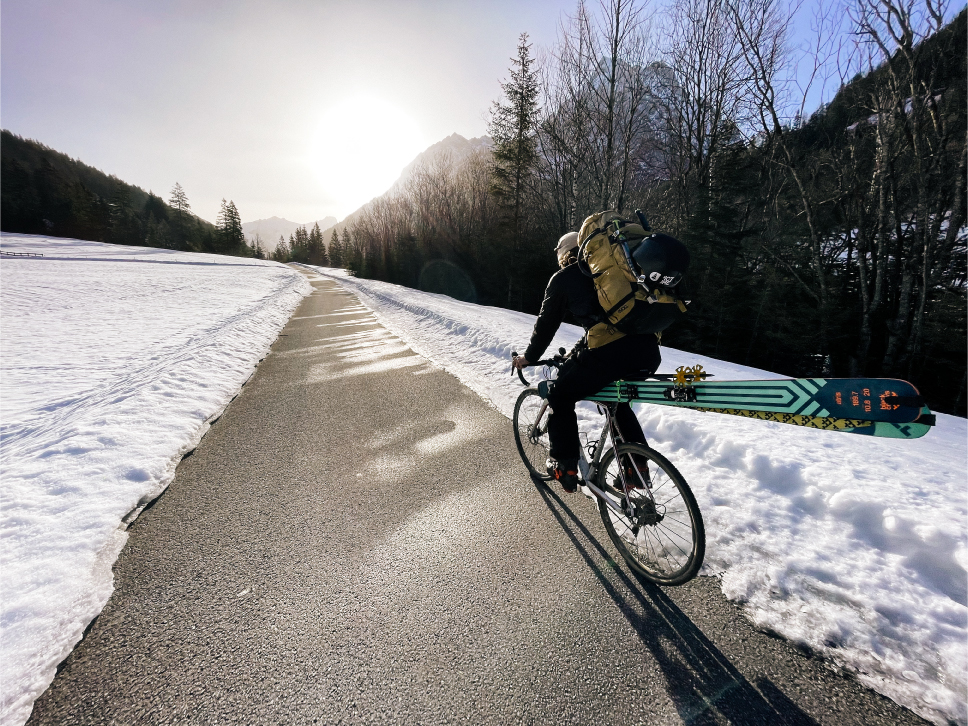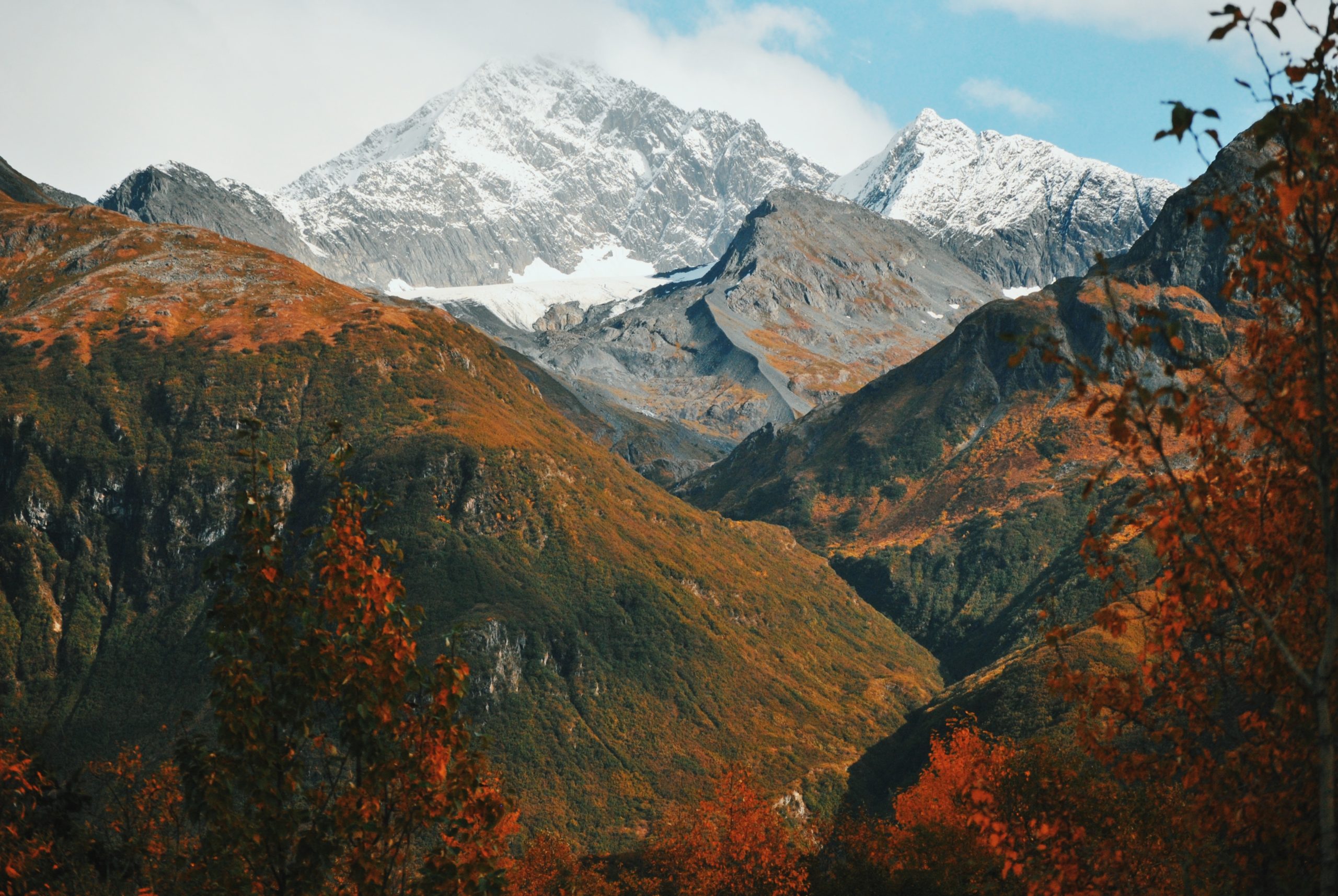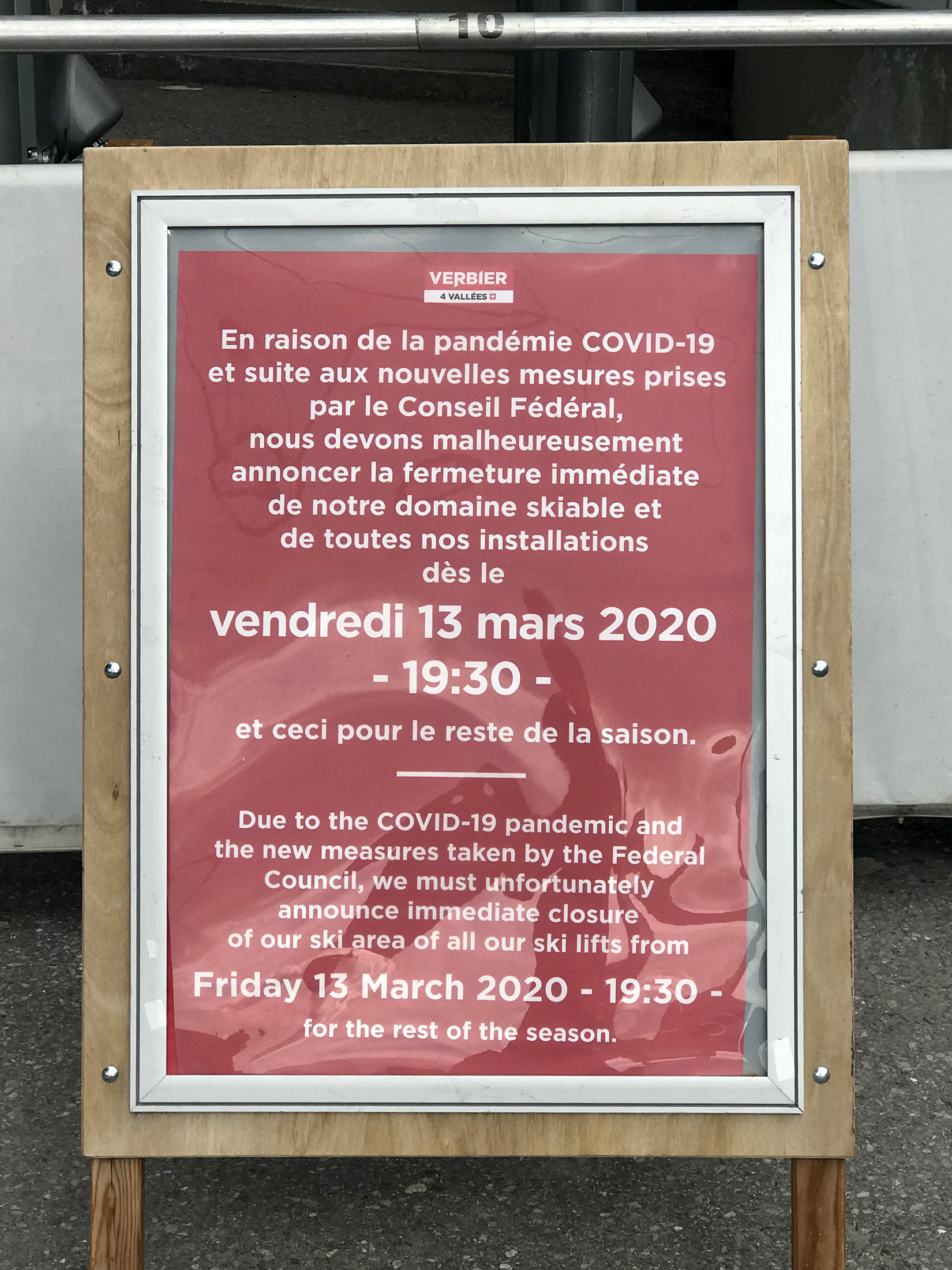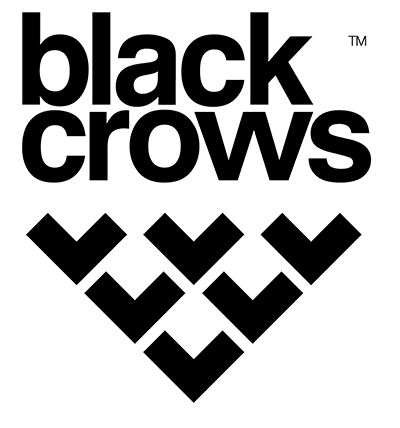To combat atmospheric pollution in the valleys surrounding Mont Blanc, local citizens are taking control and leading the struggle. Anne Lassman-Trappier is President of Environn’MontBlanc * and member of the Board of Directors of France Nature Environnement. Freshly decorated with the Legion of Honour for her involvement in the struggle for air quality improvement, she has agreed to enlighten us about what exactly is unfolding right under our noses.
* The Environn’mont blanc association was created in 1996 to fight against the damaging effects of the access road to the Mont-Blanc tunnel. Between their first victory against a highways project at the entrance to the village of Les Houches, major demonstrations and the 2001 referendum against the reopening of the Mont Blanc tunnel, this association has consistently defended the air quality in the Mont Blanc area. Nowadays, with the Inspire campaign, it has departed from its traditional guise as an association to become the voice of eco-citizens, consolidating local inhabitants’ call for action.
Black Crows : There are lots of press articles attacking chimneys, what is more to blame, road traffic or private heating?
Anne Lassman-Trappier : Unfortunately there are exaggerations about air pollution and this is of no use to anyone. Pollution is primarily linked to topology, the fact that we are in a valley, and to meteorology, the fact that in winter there is no ventilation in the valley. In the summer there are breezes, it’s stirred up and as a result you can breathe better. In winter on the other hand, there is a lid of air that sits on top of the valley. Here in Chamonix, we have excessive levels of one pollutant called nitrogen dioxide; this is a pollutant 80% related to the roads. It is direct pollution from diesel engines. In the Arve valley, it is mostly fine particles and benzopyrene, most notably released by the factory under the viaduct.
Black Crows : What is that factory for?
Anne Lassman-Trappier : It’s a plant called LGL carbon that makes carbon and other things no doubt. A few years ago they were measuring the air in Chedde and it was 4 times above the norm for benzopyrene. Since then, they have put two new filters in, but we are still two times above the norm.
Black Crows : So in Chamonix it’s mostly the road that is suffocating us, not people’s homes?
Anne Lassman-Trappier : Yes, it’s excessive nitrogen dioxide. As for particles linked to heating, we are on a downward curve because we have replaced lots of our heaters. Those who had fuel oil have switched to condensation. As for wood heaters, there are many people who have installed efficient stove heaters. There really was a big effort made by the citizens. On the other hand, nitrogen dioxide linked to diesel is both caused by vehicles going through the Mont Blanc tunnel as well as our own private diesel cars. We were led to believe that we all had to switch to diesel and now we have too many diesel cars in France and public health has been very badly affected. So the trend is going the right way but it takes time to change a whole fleet…
Black Crows : And concerning the rail alternatives aiming to liberate the valley from international road traffic?
Anne Lassman-Trappier : This solution really does exist because the Modane railway motorway has been completely renovated. This is a service where trucks are loaded onto trains. We spent 1 billion Euros of taxpayers’ money to renovate it but there is less traffic now than before the work was done. Today, there are just 4 journeys a day because it is said to still be in the experimental phase. Obviously there has to be more journeys, a dozen a day in each direction as planned. You can even load up in Dijon, much further north. The real challenge is to not only change the alpine fleet but to develop a railway for everyone, one that pollutes less over the entire line. So we are requesting an increase in traffic on that line where there is clearly currently a blockage.
Black Crows : Where do these blockages come from?
Anne Lassman-Trappier : Road lobbies. This includes highway companies, petrol companies and road hauliers who have everything to gain by continuing to drive. And then, in my opinion, there is also the TGV Lyon-Turin lobby because they do not want people to notice that there are unused capacities. We are trying to get it moving. But what are we waiting for? We do not need Lyon-Turin in order to start loading trucks onto trains, we can start right away.
Black Crows : But isn’t Lyon-Turin also freight?
Anne Lassman-Trappier : At present, there are several stages to the project and freight is not the priority. Besides, I think that the freight stage will never happen. They will make a TGV and they won’t have the money to make the freight line. You have to be realistic. For the freight line, you’d need a new tunnel, because if the passenger line goes to Chambéry and the tunnel de l’épine, the freight line will go more towards Grenoble under the Chartreuse. I guarantee you that there will not be the same lobbying for freight then. We don’t expect anything to come of the Lyon-Turin. Ten years ago, we wanted to believe in it. Now we accept that this is a pipe dream because they will never be able to finance such a freight line without hugely indebting France, Italy and Europe. Lyon-Turin will stop at just a TGV line.
Black Crows : What are the solutions for transporting freight through the Alps?
Anne Lassman-Trappier : This is the third time in 12 years that we’ve asked for a public debate on alpine crossings to decide what to build and not build. When all the projects in the Alps are put end to end, it has to be coherent: the doubling up of the Fréjus road tunnel, the Alpine railway, which is not yet in the operational phase but still in the experimental phase, Lyon-Turin… But there are also people who are fighting for a tunnel a little further down towards Mont Genèvre and there is the LGV Paca project, which would go through to Italy. And there’s also the Mediterranean that is not used enough. There is an enormous amount of traffic between the Iberian Peninsula and Italy; this cargo could just as well go through our ports. There is a public debate there but it is refused every time because it’s seen as troublesome. The people involved are only worried about defending their own little corner. The different promoters are not able to come to an agreement. There is no coherence, which is why we need to act at the national level.
Black Crows : So if these are national or even international problems, our elected officials must be incompetent.
Anne Lassman-Trappier : Yes, what happens at the Mont Blanc tunnel has nothing to do with our locally elected representatives, even the préfet doesn’t have much say in it. It is decided at the Ecology, Transport and Finance Ministries, all at the highest level of state. So you have to have a real desire for change at that level.
Black Crows : How are actions coordinated between Environn’MontBlanc and France Nature Environnement?
Anne Lassman-Trappier : At Environnement’MontBlanc, we act mainly at a local level, for example we try to develop the bike as a mode of transport. This is not easy since our elected officials when we talk to them about cycling, they think leisure, green lanes etc … But things are steadily changing, like this new bike path at Bossons, which is a good start. We also act at the departmental and prefectural level on general air quality issues with the atmosphere protection plan (PPA). We were involved in drafting it and now we are pressing for better enforcement. So we are always on the préfet’s back to make changes. France Nature Environnement (lien direct sur le site?) is more about lobbying at international level. So, for issues such as the Lyon-Turin, rail freight or Arve valley development, it’s more France Nature Environnement national that are involved.
Black Crows : So at the local level, is cycling the solution?
Anne Lassman-Trappier : Yes, at a local level, the bike really has a part to play. In France today about 3% of our journeys are made by bike. Imagine if we could increase this to 10% within 5 years; that’s one car less every time and of course considerably less emissions, so there are really huge gains to be made. With the Inspire campaign, we are working on public opinion because the more people we ask to consider cycling, the more will listen.
If a dozen citizens to say to the mayor that they want to be able to travel to work every day by bike, not only on a green lane for leisure, well, I think they’d have to listen.
Black Crows : Since the launch of the Inspire campaign, the success of cycling events has made people feel more involved…
Anne Lassman-Trappier : People are worried about the air pollution in the valley and in the Mont Blanc area, so we wanted to bring these people together with Inspire. We have to be visible, we need people to be visible. And frankly it’s a great success because our authorities realized very quickly that it wasn’t just two or three busy bodies, but a lot of people. I think it kind of galvanized things as well, people said to themselves “we are not alone, there are plenty of people who also want to act”. We’re tired of complaining. We have to act. Inspire allows this.
Black Crows : Finally, it’s everyone’s responsibility.
Anne Lassman-Trappier : Yes, we can provide solutions ourselves. How to travel is our choice. After that, public transport has to be effective, but it is partly our choice. On the issue of housing too, heating is a personal choice, and then there’s consumption too, you can make a difference. Since you shouldn’t buy products that come from ten thousand kilometers away, try to buy local when you can. This is not the kind of gesture that we are directly promoting, but we can all make efforts to reduce emissions a little bit.
Black Crows : What are the next actions of the Inspire campaign?
Anne Lassman-Trappier : We are working on an extremely ambitious project for an association of our size: an interactive web documentary whose goal is to give everyone on the Internet a chance to make a difference. A director is working on it now and its aim is to unite the explanatory and the concrete. There will be small films with well-defined subject matter, good interaction with the viewer and bridges between the different subjects. It will also include information from experts, testimonies from some of the people involved and scenes played by professional actors. You watch what you want, without needing to follow a linear thread, which allows you to deepen your understanding of things you didn’t know much about if anything at all.
Or if you want to address a specific area, like your house for example; you can get information on there with related links and tabs for you to dig deeper.
Inspire documentary website.
Environn’MontBlanc website.
France Nature Environnement website.



